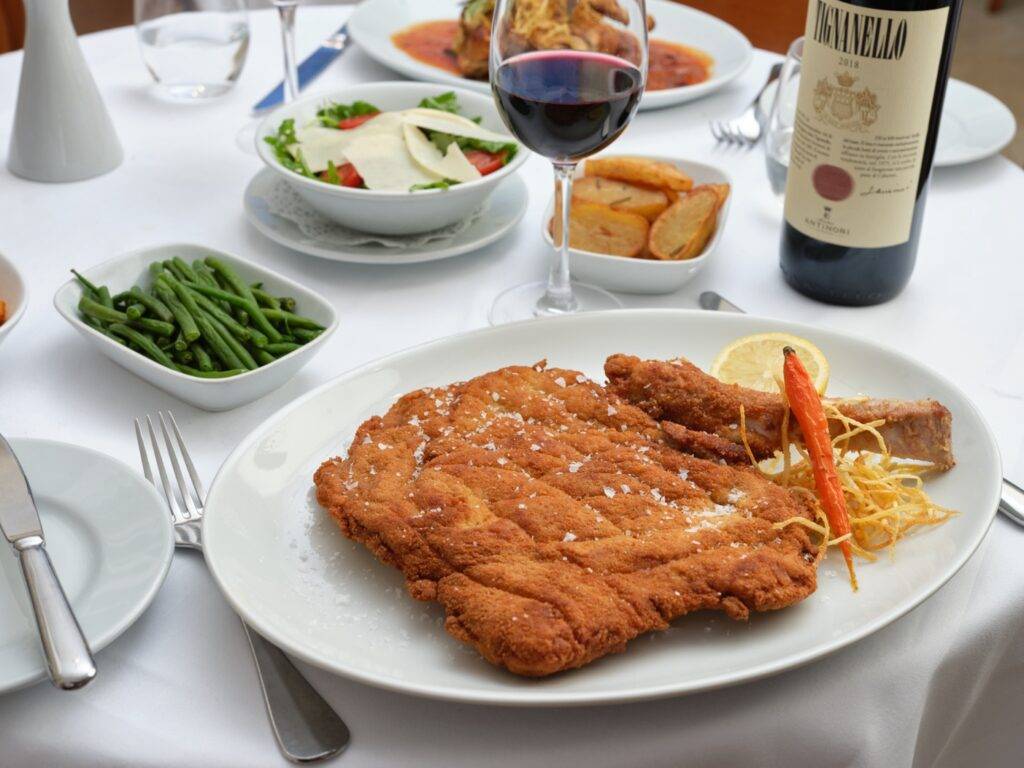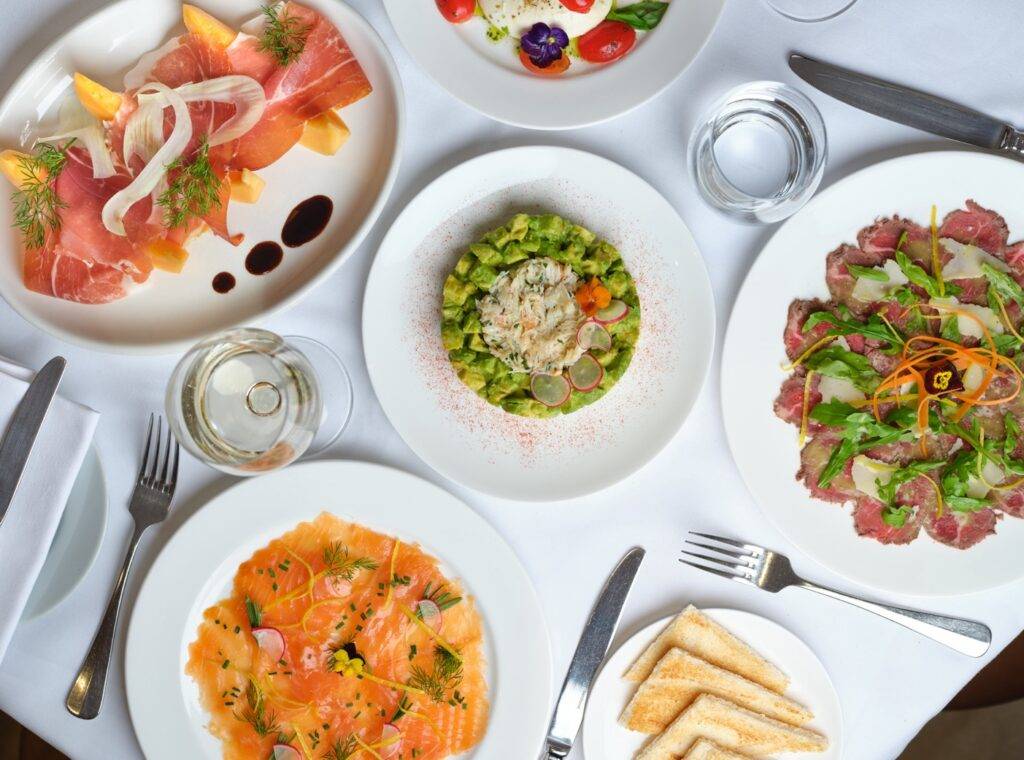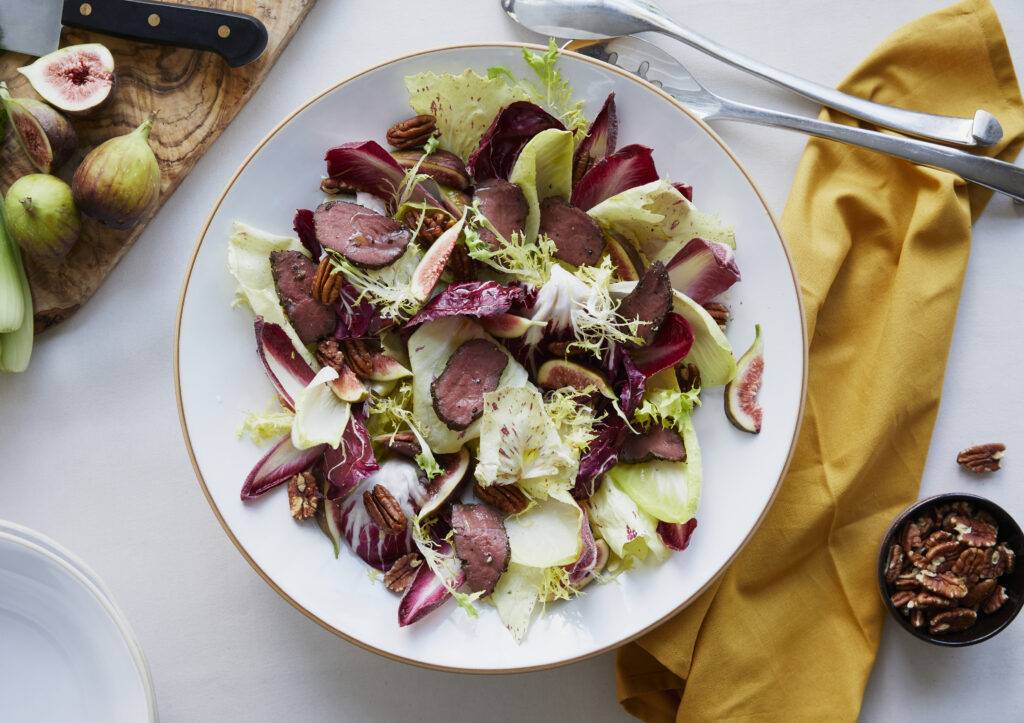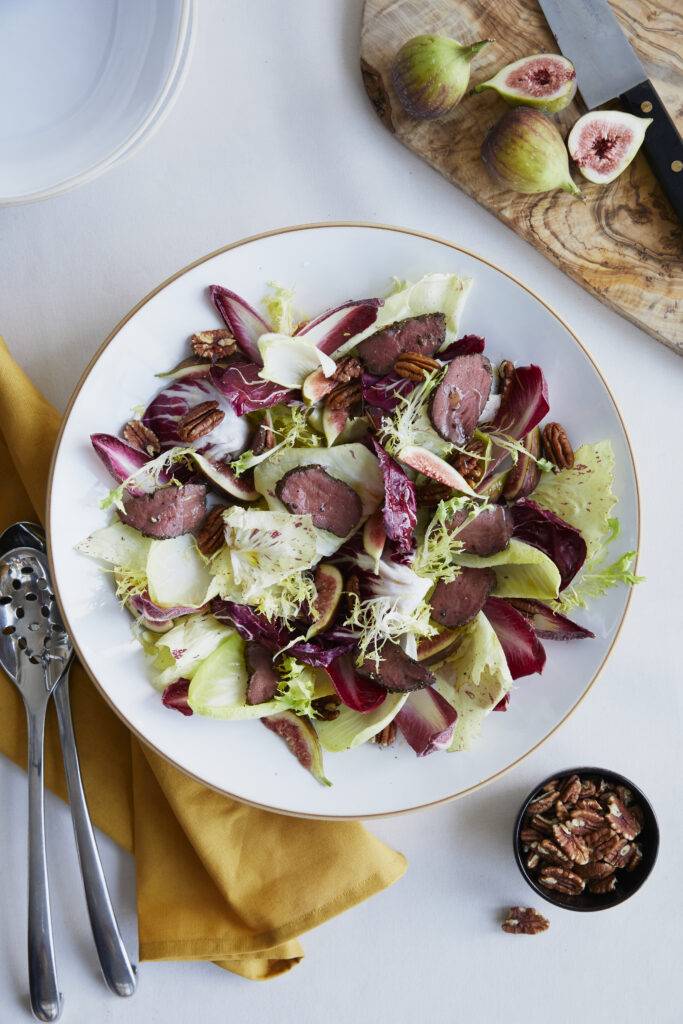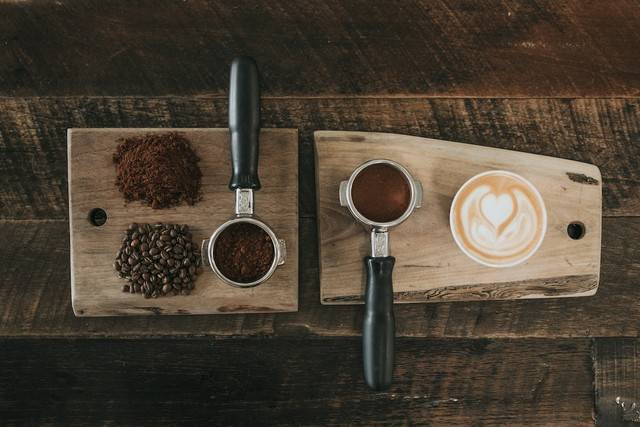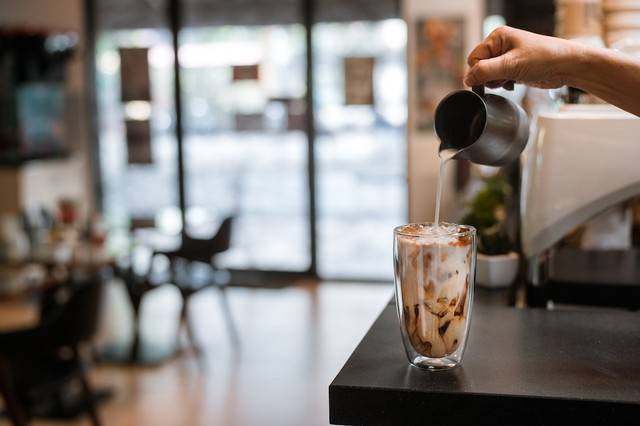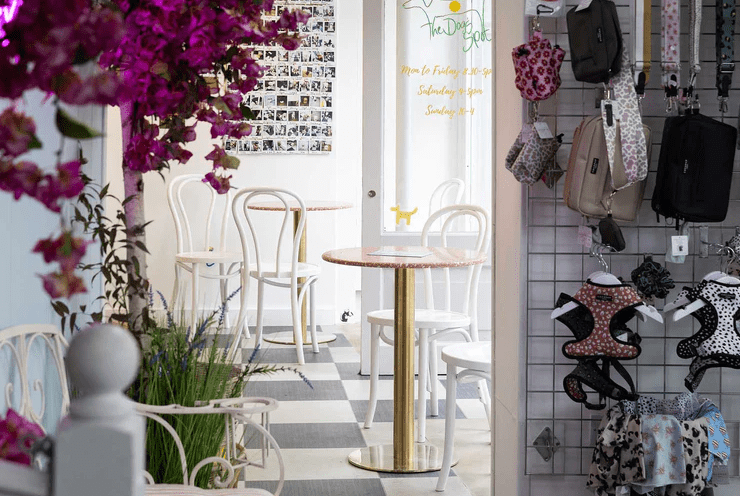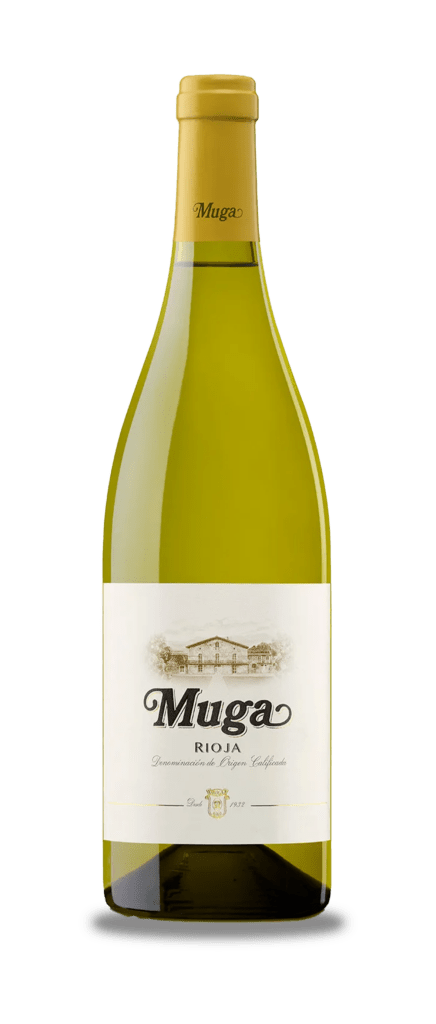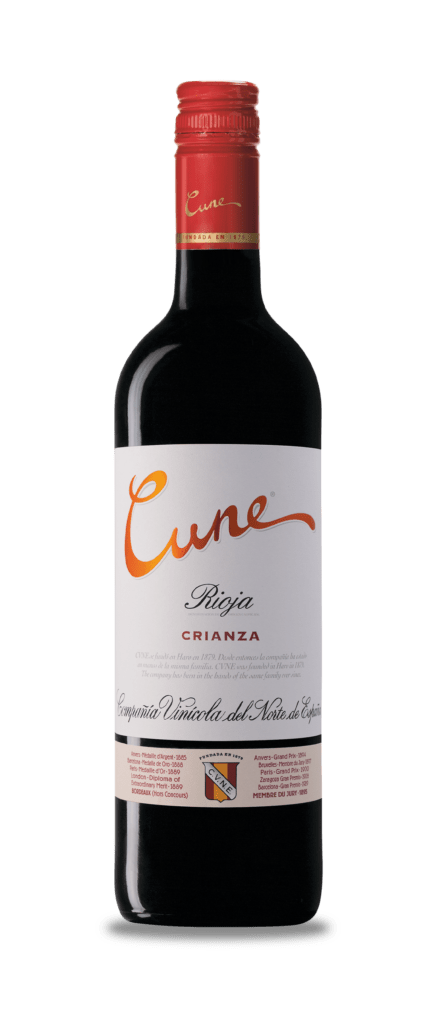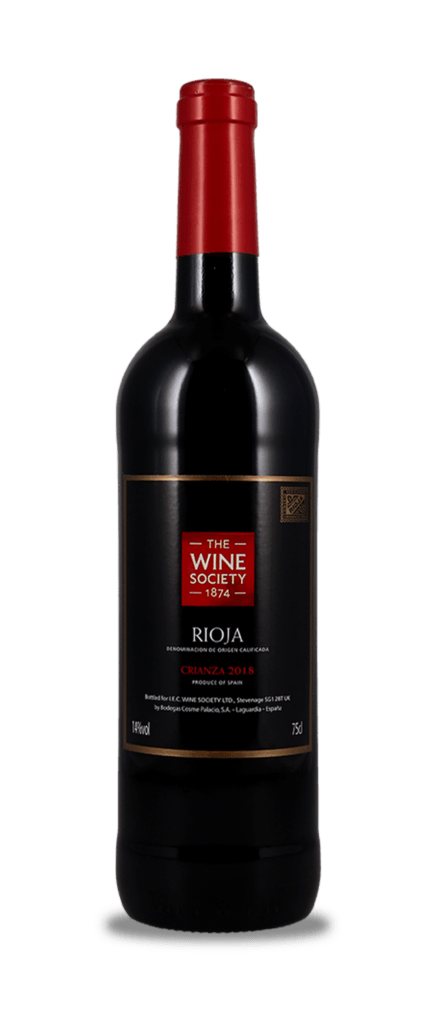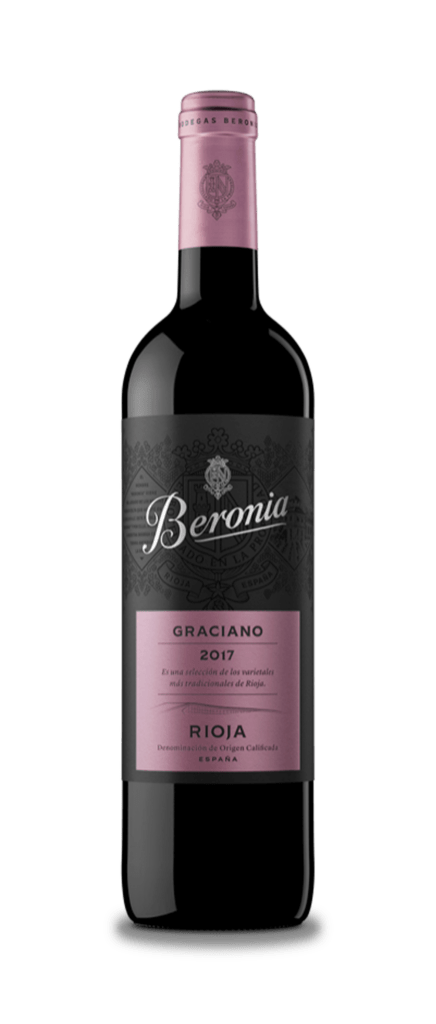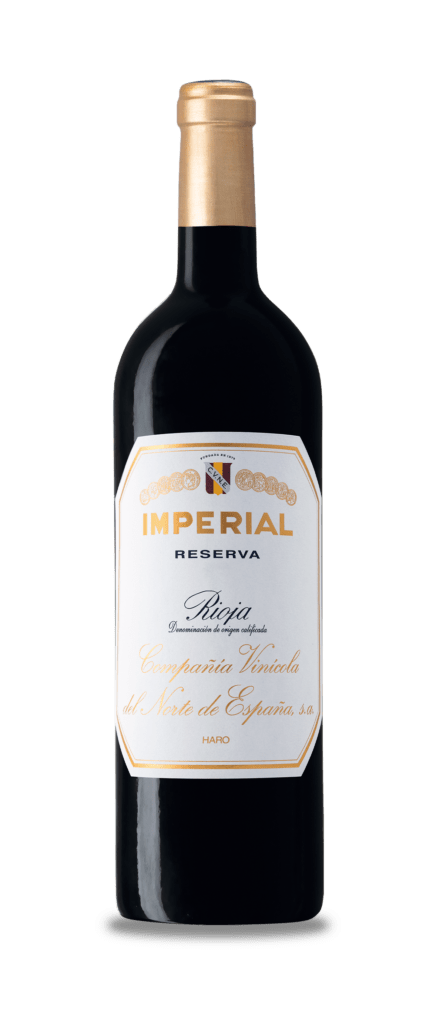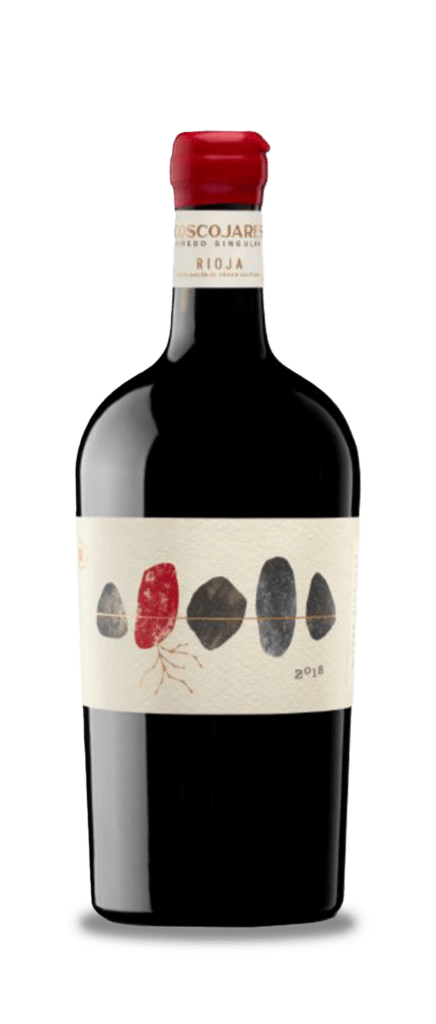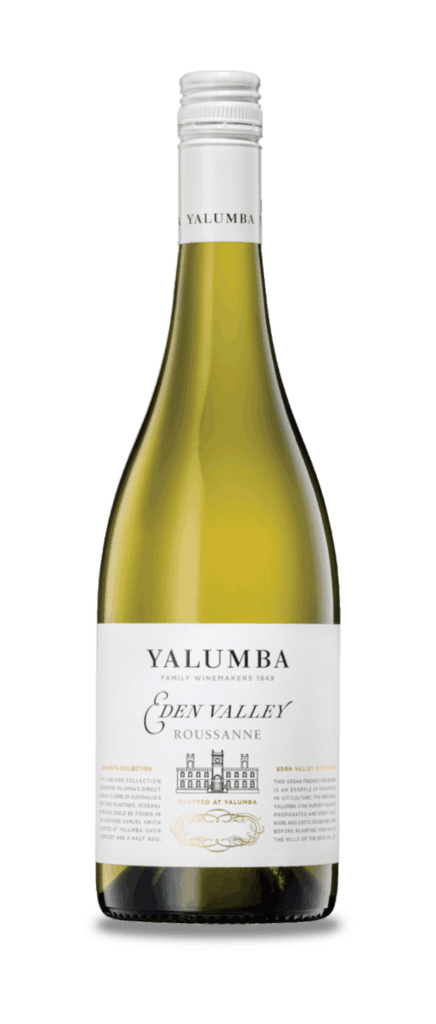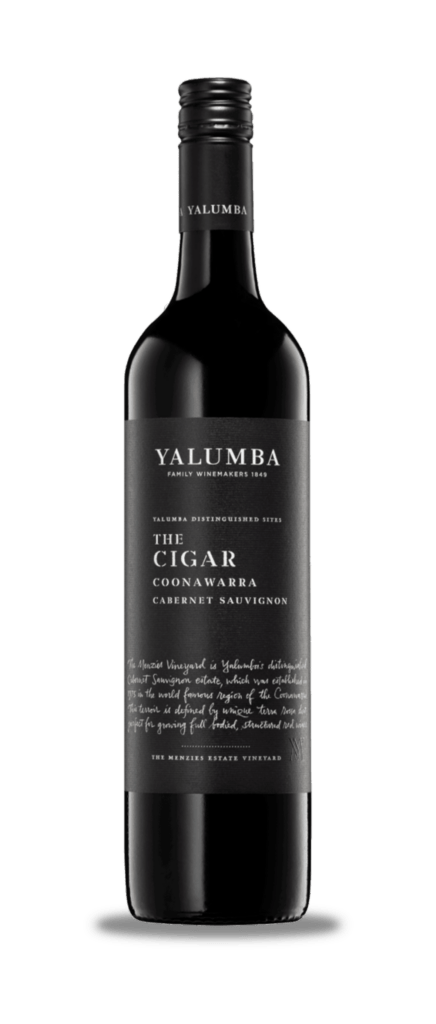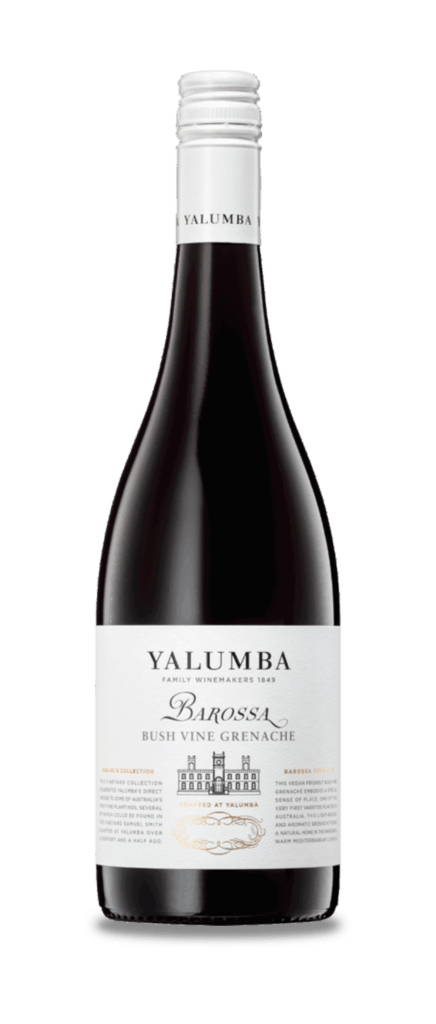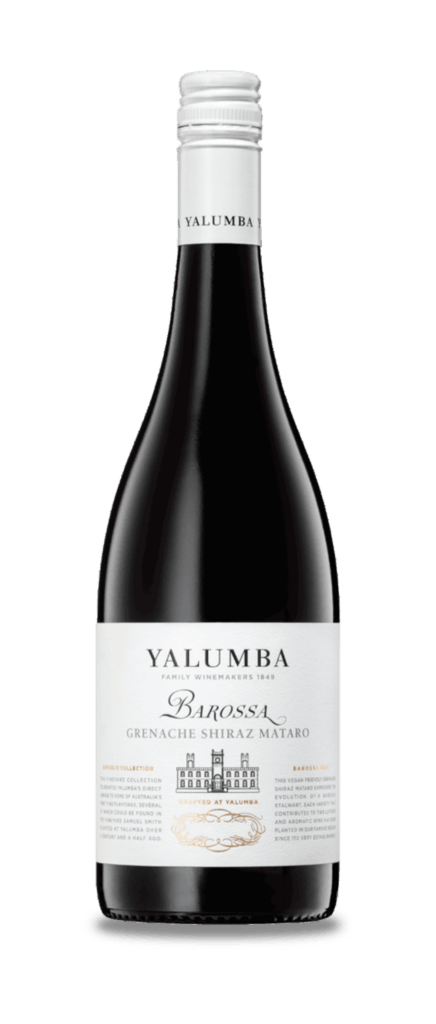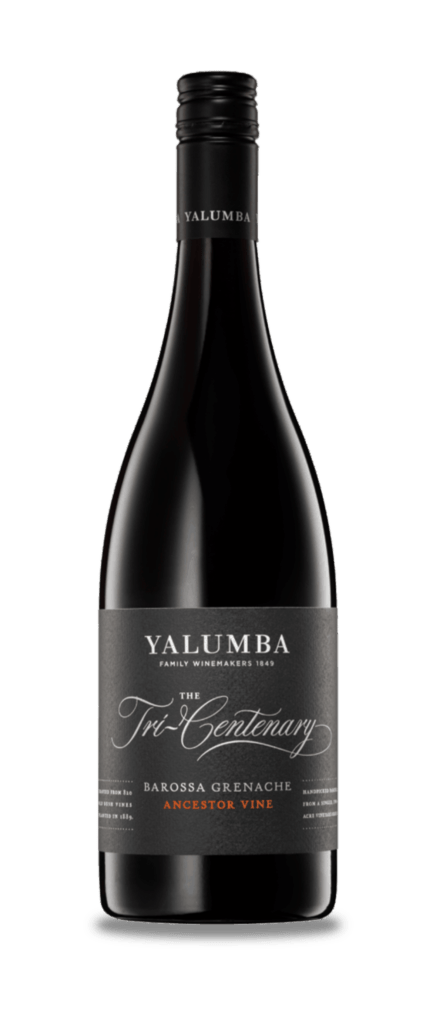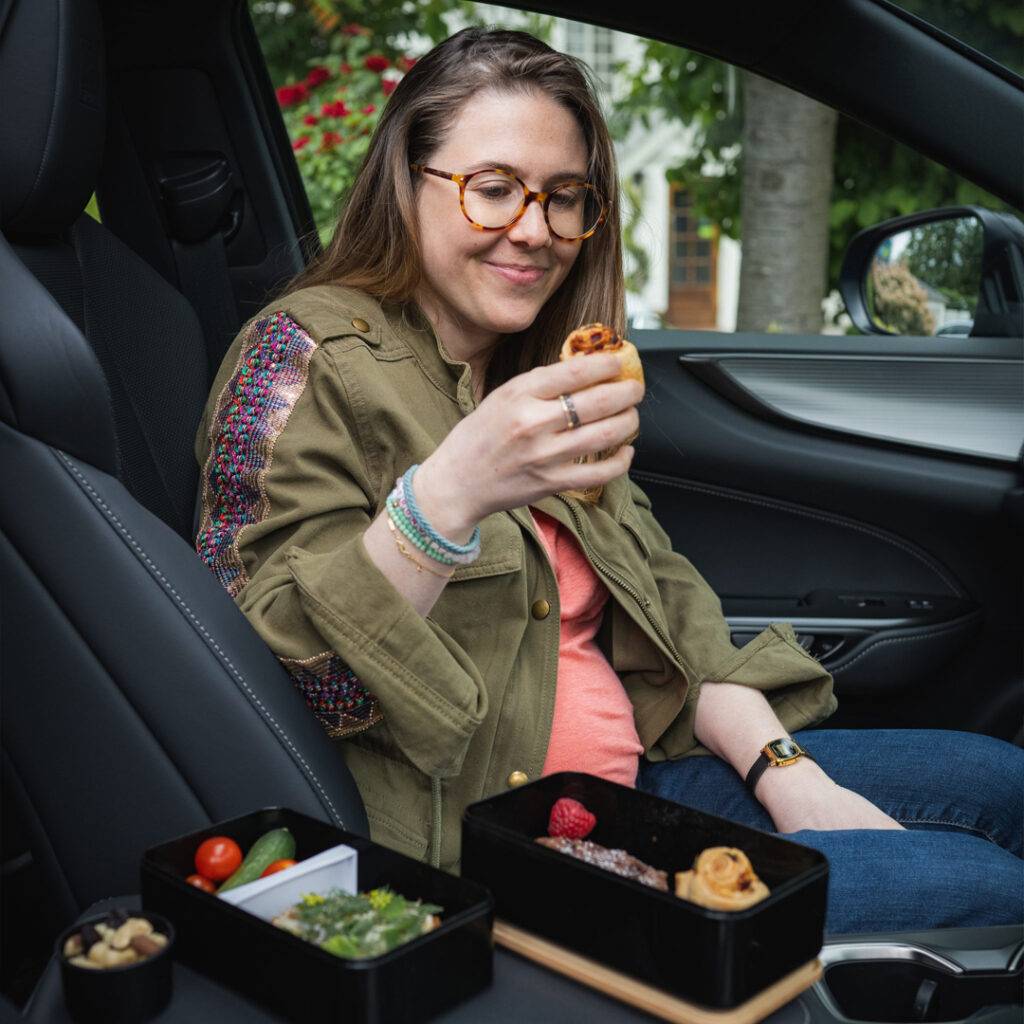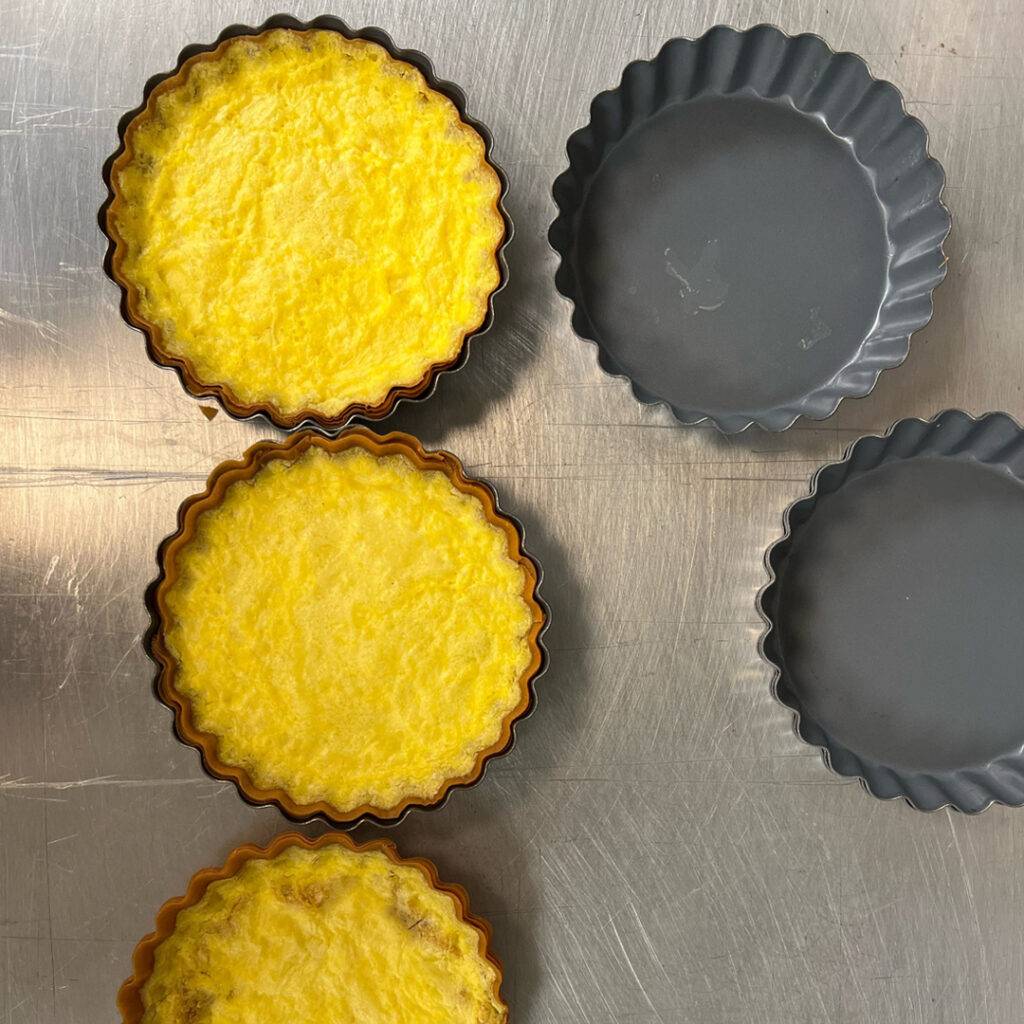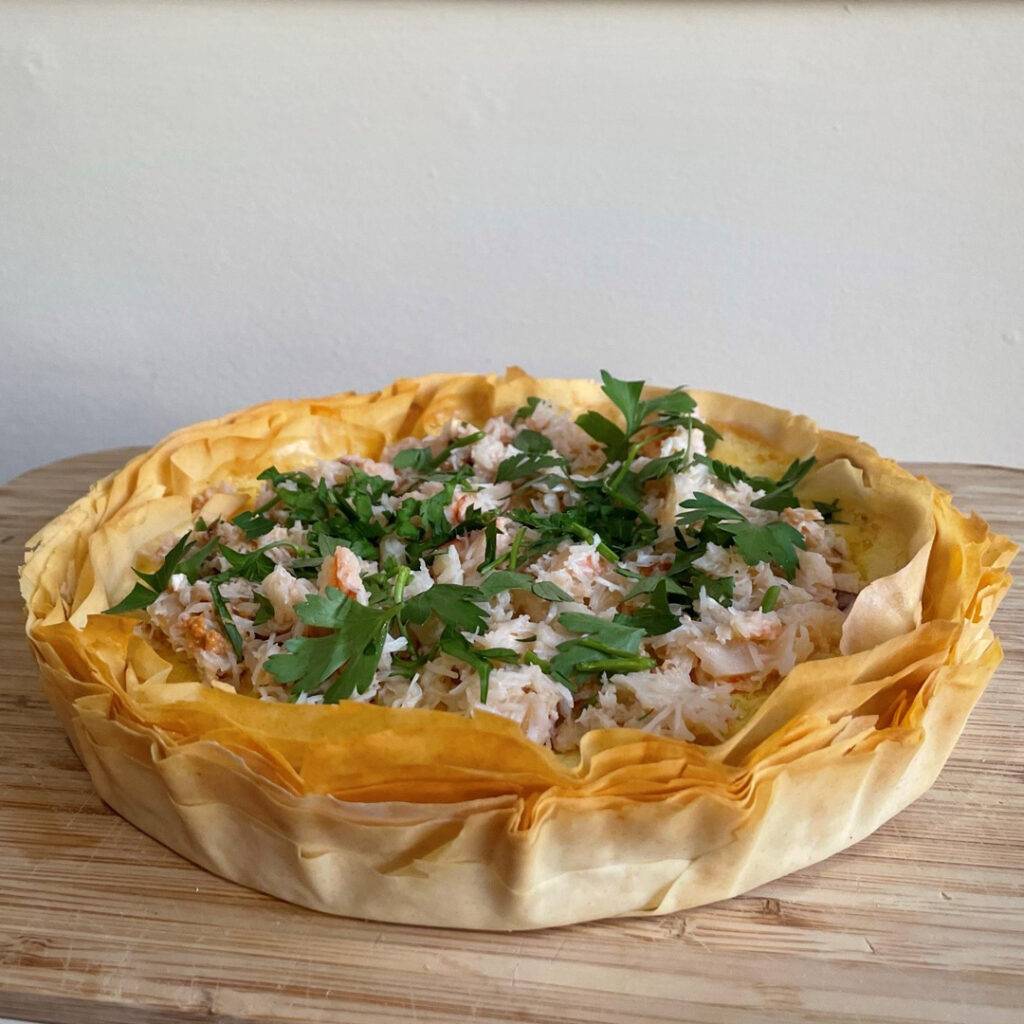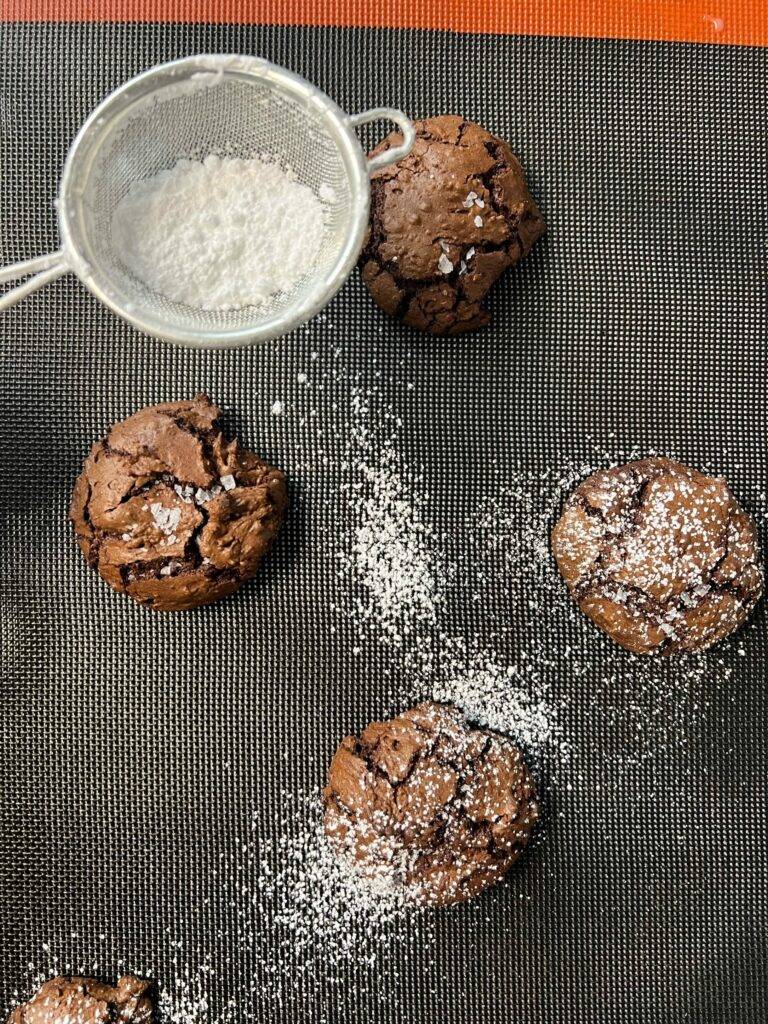November is Diwali month so what better time to shine a light on these recipes from Atul Kochhar…? You can also win a takeaway from one of his Bucks restaurants
Diwali is one of India’s most important festivals – a time to celebrate the triumph of light over darkness, knowledge over ignorance, and good over evil.
Mattan (meat) pepper fry
This curry – a common recipe among the Christians of Kerala, where it is most likely made with mutton or goat – has very little gravy.
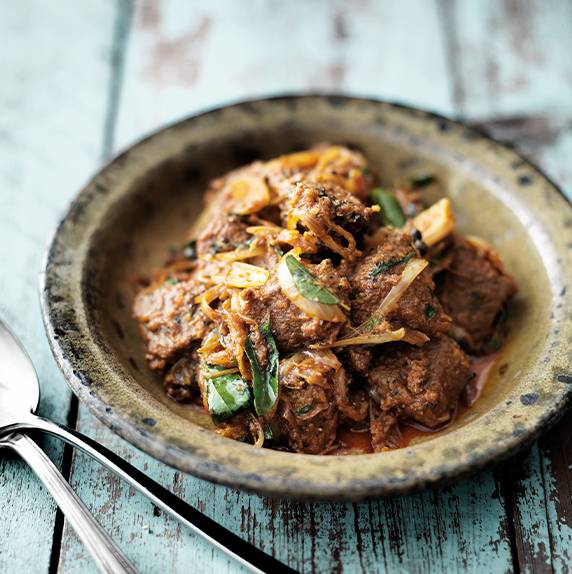
Ingredients:
• 600g boneless lamb rump or neck fillet
• 2.5cm piece of fresh ginger
• Four garlic cloves
• Two onions
• Two teaspoons of black peppercorns, to taste
• Fresh coriander leaves
• 200ml water
• Two teaspoons of white wine vinegar
• One heaped tablespoon of coconut oil
• 5 fresh or dried curry leaves
• Two teaspoons of onion paste
• ½ teaspoon ground turmeric
• Sea salt
Method:
1. Assemble all the ingredients and equipment before you begin. You need a spice grinder or pestle and mortar, a large heavy-based saucepan with a lid, a sieve and a large sauté or frying pan.
2. Cut the lamb into bite-sized pieces, trimming and discarding any fat, then set aside. Peel and finely chop the ginger. Peel and thinly slice the garlic cloves. Peel, halve and thinly slice the onions. Put the peppercorns in a spice grinder, or use a pestle and mortar to finely grind or crush. Rinse and chop enough coriander leaves to make about 1 tablespoon.
3. Put the lamb, water, vinegar, ½ teaspoon of the freshly ground pepper and ½ teaspoon of the salt in the saucepan. Cover the pan and bring to the boil, then reduce the heat and leave the meat to simmer a to a slow boil for 8 minutes. Strain the meat, reserving the cooking liquid.
4. Meanwhile, melt the coconut oil over a medium-high heat in the sauté pan. Add onions, curry leaves, ginger, garlic, a pinch of salt, and stir until the onions are lightly coloured. Add the onion paste and turmeric and stir in for 30 seconds.
5. Add the meat and stir in half the reserved cooking liquid, which will be absorbed and evaporate quite quickly. Add the remaining liquid a little at a time, stirring, until it mostly evaporates. With the last addition, the gravy should almost be like a thin paste coating the lamb and the lamb should be tender.
6. Stir in 1 teaspoon of the freshly ground pepper, adjust the seasoning with salt, if necessary, and continue stirring until all the liquid evaporates. Sprinkle with about ½ teaspoon of the ground pepper and the chopped coriander leaves just before serving.
Panch Phoron Gobi Aloo
(Bengali cauliflower & potatoes)
Here’s a variation of the curry house favourite, gobi aloo. This is from the coastal region of Bengal; you might have never have had this classic combo with pickling spices and final finish of fresh ginger.
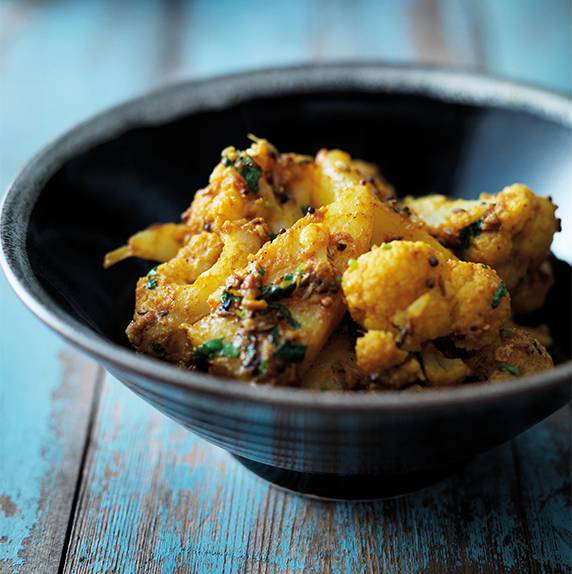
Ingredients:
• 12 well-scrubbed small new potatoes (see Atul’s tip, below)
• Two thin short green chillies
• Two garlic cloves
• Two tablespoons mustard oil
• 1¼ teaspoons panch phoron
• 2 teaspoons ground coriander
• ½ teaspoon red chilli powder, or to taste
• ½ teaspoon ground turmeric
• 425ml water
• ½ head of cauliflower, about 400g
• One lemon
• 2cm piece of fresh ginger
• Fresh coriander leaves
• Sea salt
Method:
Assemble all the ingredients and equipment. You need a large sauté or frying pan with a lid.
1. Quarter the potatoes lengthways. Remove the stalks from the chillies, if necessary, then halve lengthways. Peel and thinly slice the garlic.
2. Heat the mustard oil over a medium-high heat in the pan. Add the garlic and stir around to flavour, it doesn’t need to colour. Add the chillies and panch phoron. Stir until the seeds crackle.
3. Add the potatoes, coriander, chilli powder and turmeric. Season with salt and stir for 30 seconds to cook the spices so the potatoes get coated. Watch closely so the spices do not burn.
4. Stir in the water and bring to the boil. Lower the heat to medium, cover the pan and leave the potatoes to bubble for 12 minutes, or until they are three-quarters cooked.
5. Meanwhile, cut the cauliflower into bite-sized florets, discarding outer leaves & core. Squeeze one tablespoon lemon juice. Peel and finely chop the ginger. Rinse and chop enough coriander to make about 1½ tablespoons. Set all these aside separately.
6. When the potatoes are almost cooked, stir in cauliflower and cook over a high heat for 6 minutes, stirring occasionally, until both are tender, but the cauliflower is still holding its shape.
7. Stir in the lemon juice, 1 tablespoon of the ginger and 1 tablespoon of the chopped coriander, and add salt, if necessary. Sprinkle with the remaining ginger & coriander just before serving.
Atul’s time-saving tip
I buy well-scrubbed small new potatoes when cooking this dish, so all I have to do is quarter them. If your potatoes are larger, however, cut the potatoes into 1cm dice so they cook quickly.
Hyderabadi Sour Fish Khatti Machhi (Serves four)
This is a very simple recipe, and one of the quickest to cook in the book. I’ve deliberately left the skin on the sea bass fillets. I know a lot of cooks would be tempted to remove the skin, but I enjoy eating fish with the skin, and it saves you time when preparing the ingredients. In Hindi, khatti means ‘sour’, and the sharpness of this recipe comes from the tomatoes and a little lemon juice.
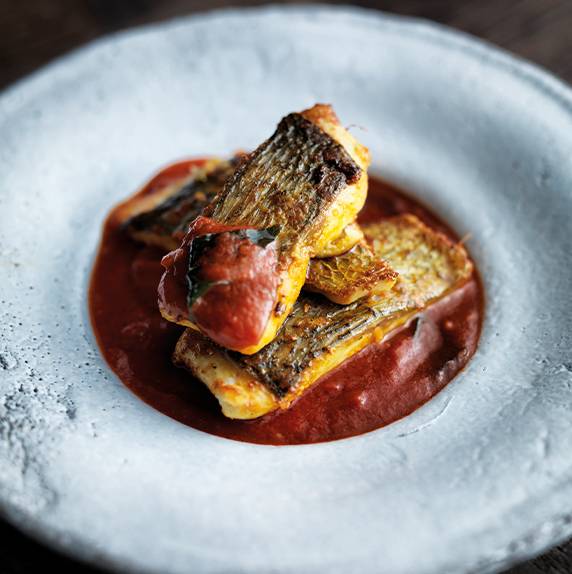
Ingredients:
• 4 large sea bass fillets, skin on
• 1 lemon
• 2 tablespoons Ginger-Garlic Paste
• ½ teaspoon red chilli powder, or to taste
• 1 teaspoon ground turmeric
• vegetable oil
• ¼ teaspoon fenugreek seeds
• 350ml passata
• 10 fresh or dried curry leaves
• sea salt
• fresh coriander sprigs, to garnish
Method:
Assemble all the ingredients and equipment before you begin. You need a non-reactive bowl, a saucepan and a large non-stick sauté or frying pan.
1. Cut the fillets in half, then place them in the bowl. Squeeze in 2 tablespoons of lemon juice and add the ginger-garlic paste, chilli powder and turmeric. Season with salt and use a spoon to gently stir together so all the pieces are well coated with the paste-like marinade. Set aside to marinate while you prepare the gravy.
2. Heat 1 tablespoon of the vegetable oil over a medium-high heat in the saucepan. Add the fenugreek seeds and fry until they become darker in colour. Add the passata and curry leaves. Season with salt, reduce the heat to medium and leave the gravy to simmer while you fry the fish.
3. Heat enough vegetable oil to thinly cover the bottom of the frying pan over a high heat. Add the fillets coated in the marinade, skin side down, and fry for 2 minutes, or until the skin is browned.
4. Turn the fillets over and reduce the heat to medium. Pour the gravy into the pan around the fillets and leave to simmer until the flesh is opaque and cooked through. Take care not to over-cook them. Adjust the seasoning with salt, if necessary. Garnish with coriander sprigs and serve.
Atul’s time-saving tip
If I hadn’t included passata in this recipe, it would have been necessary to blanch, peel and de-seed the tomatoes before puréeing and sieving them. This is a much quicker way to achieve the sour tomato gravy.
Atul’s restaurant & takeaway competitions
Each of Atul Kochhar’s award-winning Bucks restaurants’ styles are reflected through the takeaway options, cooked in the restaurant kitchens to the same exacting standards as the dishes eaten in the restaurant experience in the comfort of their own homes. Takeaways are ordered for online via each website for collection only – but they will also be available via Deliveroo too.
Known for its stunning pan-Indian food, Vaasu’s takeaway collection is available to collect from the restaurant, comprising a selection of highlights from the a la carte menu. Choose from the likes of Kashmiri chicken tikka marinated with fennel and saffron, finished in the clay oven for results impossible to achieve at home; Goan fish or prawn curry; braised lamb Parsi curry with sweet apricots, brown onion and coriander korma; and much more.
A selection of sweet treats are also offered, including crispy apple jalebi scented with cardamom and saffron, Atul’s special cheesy chocolate fondue, chocolate brownie with fresh berry salsa and vanilla cream, gulab jamun and rice pudding crowned with lemon jam and raspberry dust.
A destination Indian restaurant in the picturesque town of Old Amersham, Hawkyns offers sensational cuisine to takeaway, available for collection. Here the takeaway menu comprises a broad selection of highlights plus a concise drinks selection and set menus especially devised by chef Atul Kochhar. Set menu bundles include a meat bundle for two, a veg bundle for two and a vegan bundle for two, all featuring a generous selection of starters, mains, sides, breads and desserts. Expect the likes of butter chicken and railway lamb curry; paneer tikka masala and Bombay aloo; or vegetable jalfrezi and carrot and beans foogath.
Celebrating the culinary history and traditions of India, Riwaz’s takeaway menu is available to collect from the restaurant. The menu features a broad selection of menu highlights, including tandoor-grilled king prawns in Ajwain, chilli, garlic and mustard oil; saag gosht with Welsh slow-cooked lamb; Dum biryani with chicken, vegetables or lamb, and much more. Various set menu bundles are also available, including a meat bundle for two, a veg bundle for two and a vegan bundle for two, all featuring a generous selection of starters, mains, sides, breads and desserts.
We’ve teamed up with Atul’s team to offer five lucky winners a takeaway. NB you must be local to Bucks for collection. Click here to enter
For more info about Atul Kochhar & his award-winning restaurants please visit Atul Kochhar.








